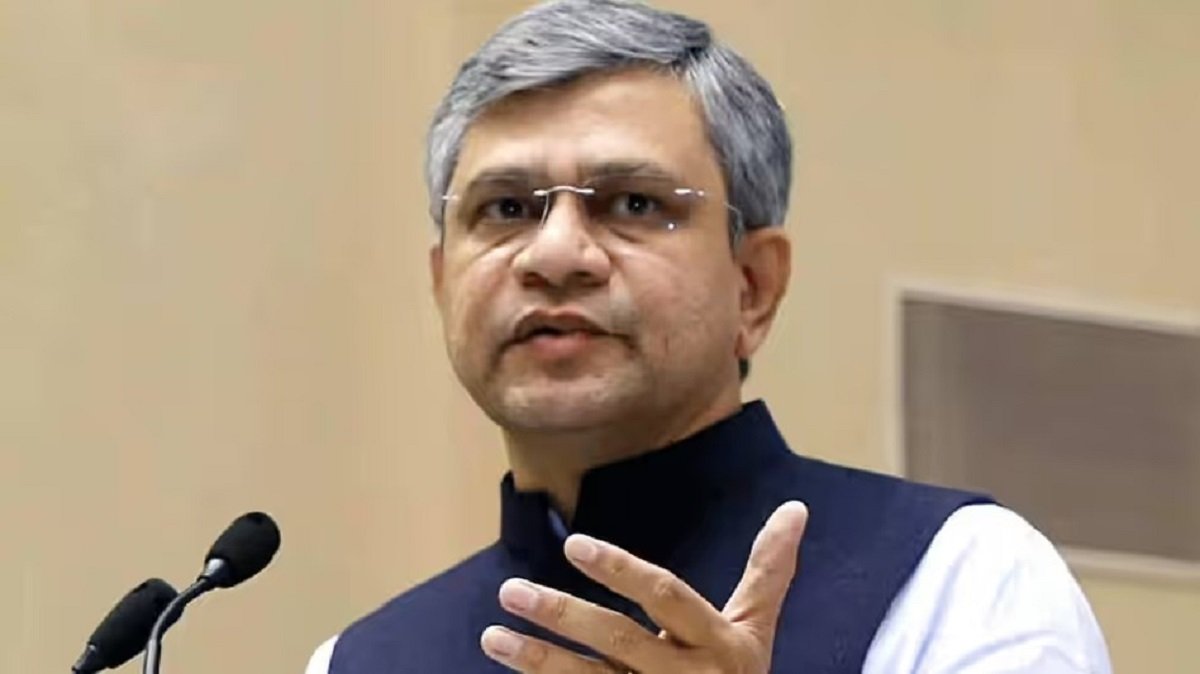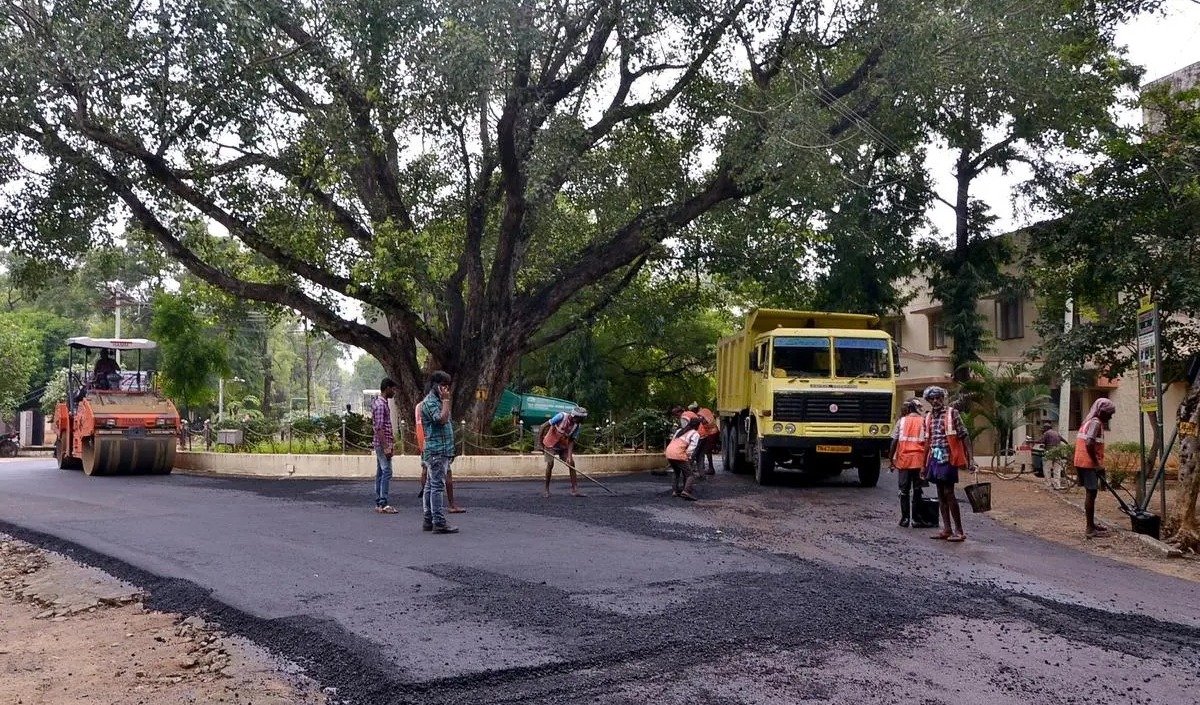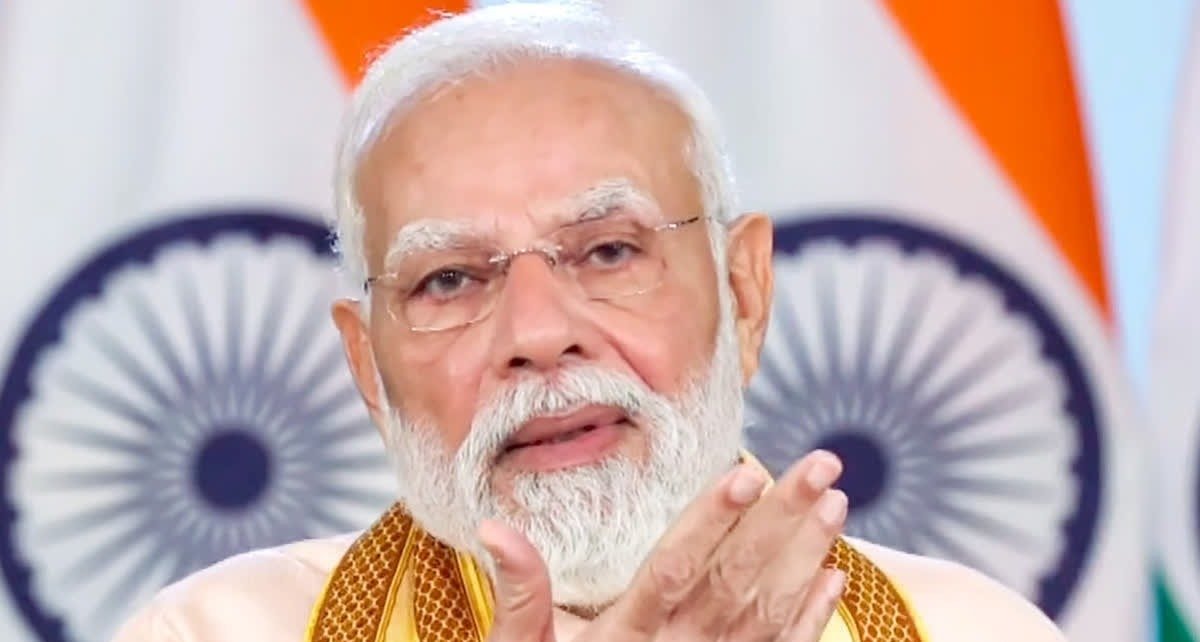Union Railways Minister Ashwini Vaishnaw has launched a bold, forward-thinking plan to reshape Indian Railways with an emphasis on passenger comfort, sustainable freight logistics, infrastructure renovation, and global competitiveness. Alongside the much awaited Mumbai-Ahmedabad Bullet Train, India’s first high-speed rail project, which is expected to start operations by 2027, 1,000 additional trains are slated to be added over the next five years, forming the core of the change.
The initiative, which was created in partnership with Japan, is moving forward gradually. By 2026, the first bullet train prototype is anticipated to arrive, and a year later, full-fledged services will begin. With technical assistance from prestigious universities like IIT Madras and IIT Roorkee, the project combines domestic innovation with global experience. The completion of the Daman Ganga River Bridge in Gujarat’s Valsad district, the 16th of 21 river bridges in the state, is one of the major structural accomplishments. All five of the Valsad constructions are now complete.
Indian Railways is undergoing a significant overhaul, with the bullet train network expanding by 35,000 kilometers in the past 11 years. The railways laid a record 5,300 km of new track in the past year and achieved unmatched manufacturing outputs. The transformation is supported by an exponential surge in investment, with an additional ₹20,000 crore mobilized through public-private partnerships. The roadmap includes urban rail expansion, de-carbonization, and alignment with global sustainable mobility benchmarks.





